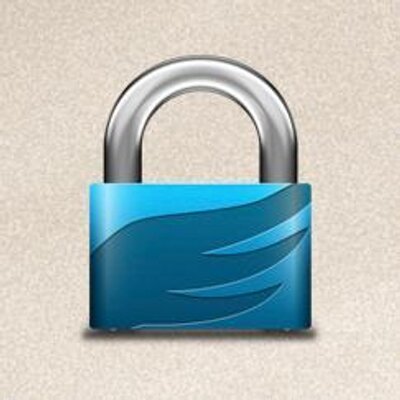
We suggest that you include five words of 5-10 letters in size, chosen at random, with spaces, special characters, and/or numbers embedded into the words. Your passphrase should have sufficient information entropy. For example, using the following command line would result in the decrypted data in a file named "test": % gpg test.gpg If you don't use any flags, it will decrypt to a file without the. If you don't use the -output option, the command output goes to STDOUT. You will be prompted for the passphrase that you used to encrypt the file. The following command decrypts the test.gpg file and produces the test.out file: % gpg -output test.out -d test.gpg

You will be prompted for a passphrase, which will be used later to decrypt the file. They encrypt the test.out file and produce the encrypted version in the test.gpg file: % gpg -output test.gpg -symmetric test.out Creating an Encrypted Fileīoth commands below are identical. If you choose not to add the cipher-algo AES256 to your gpg.conf file, you can add -cipher-algo AES256 on any of these simple example command lines to override the default cipher, CAST5.

Information on AES can be found at the National Institute of Standards and Technology's Computer Security Resource Center. We recommend using the cipher AES256, which uses a 256-bit Advanced Encryption Standard (AES) key to encrypt the data. If you do not have GPG installed on the system(s) that you would like to use for transferring files, please see the GPG website. GPG has been installed on Pleiades, Endeavour, and Lou in the /usr/bin/gpg directory.

We recommend using the GNU Privacy Guard (GPG), an Open Source OpenPGP-compatible encryption system. Encryption helps protect your files during inter-host file transfers that use protocols that are not already encrypted-for example, when using bbftp or ftp, or when using shiftc without the -secure option.


 0 kommentar(er)
0 kommentar(er)
